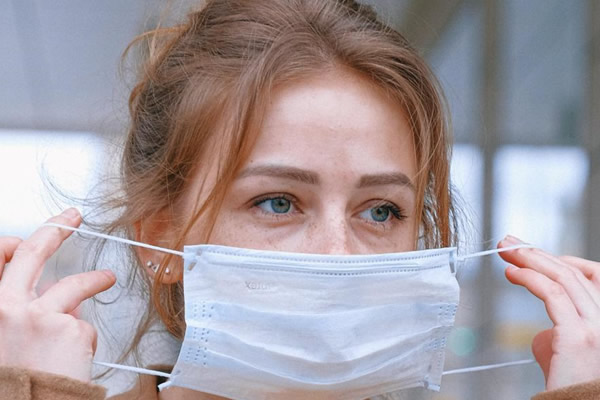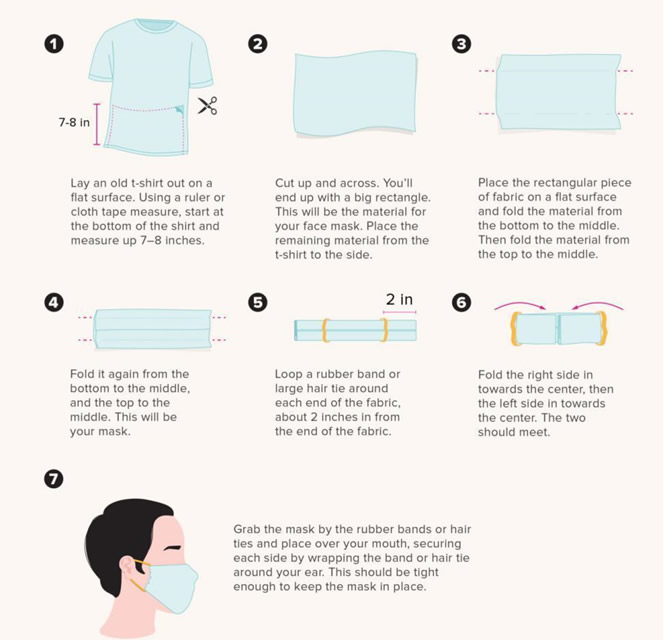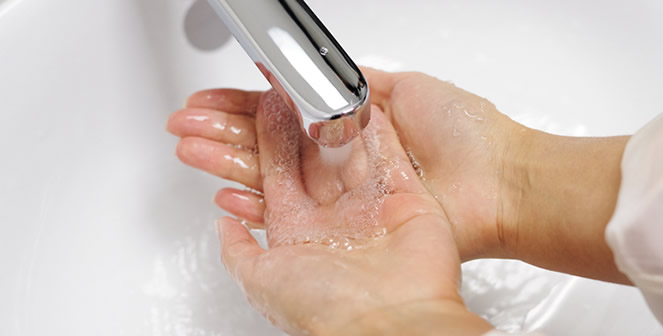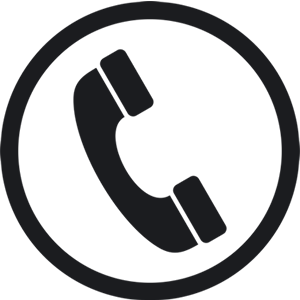What are good face covers and protective gear?
The best protection to minimize exposure from the coronavirus is to stay at home and only leave for essentials. If you have to leave to get essentials or for work, there are numerous ways to help keep you safe.

Practicing social distancing by maintaining a distance of 6 ft (2m) can help reduce risks of infection when talking to others. This also means no shaking hands, hugging, kissing or fighting.
Coughing or sneezing into elbows is also a great help if not already wearing a face mask.
Face masks vary in effectiveness in filtering the air. Face masks are especially important for individuals who have symptoms to slow the spread of the coronavirus.
The most effective masks are N95 grade respirators. However even these good masks are not good protection if not fitted properly. These masks should form a tight seal against the face, some have metal bands that can bend to fit your nose structure and make this tight seal.
If N95 masks are hard to come by, the next best thing to wear are surgical masks, they offer good protection for many tiny particles and help lower the range of the virus when it exits through breathing, coughing or sneezing.
Home made masks are also better protection than none, homemade masks made from cotton are best of the home made masks and can be sewn or there are various techniques of folding a mask.
Still, wearing a mask will be of no help if not worn properly. If the mask isn't covering your nose, or you frequently take it off, it will increase the risk rather than decrease it since you will be touching your face more often.

As for gloves, they are not recommended as they create a false sense of security and people often start touching their phones or their face without washing the gloves. It is best to practice frequent hand washing using soap and water or if not available use alcohol-based sanitizers. Read more about proper hand washing and disinfecting on other post here [link to https://www.rapidaccesstomedicalspecialists.ca/CleanDuringCovid]
*The information on this blog does not replace medical advice and may be not be up to date. Wearing a mask does not guarantee protection from the coronavirus but helps to minimize risk of exposure.
How should you clean and disinfect?
The coronavirus has altered many routines of millions of people and we must all work together to stop the spread of the virus.

To eradicate the virus off surfaces and off you, it is important to follow proper cleaning and disinfecting guidelines.
Washing hands or rubbing sanitizer for at least 15 seconds is recommended.
Contact Tracing and how it works
Contact tracing is a method of slowing the spread of diseases such as COVID19 as well as other diseases in the past. It works by notifying the person who has tested positive with COVID19 (called a case) and find out who was in close proximity for them and are at risk of getting COVID (these people would be called contacts). Then the contacts are informed that they may be at risk of COVID19, but the information of the case remains private.
There are also software applications that can be downloaded to your smart phone to periodically check nearby people and if they later become a case, you would be informed. This helped drastically contain and control COVID19 in several east asian countries. In Canada, there is the COVID Alert app available in some provinces.
To be considered a contact, typically you would have been in close contact (within 6 ft/ 2metres) of the case within two days of the case's confirmation of positive diagnosis of COVID.
Contact tracing helps by informing contacts and informing them to isolate or quarantine and by doing this, the spread is contained. For example, if you were with a friend who had COVID on Monday, but they did not have symptoms and thus did not test until Tuesday and were later confirmed to have had COVID on Tuesday, then you would be considered a contact and advised to quarantine. By knowing that you have a potential risk of developing COVID, you decide to cancel your plans for the rest of the week with your other friends and thus potentially save the lives of hundreds of people by containing the spread of COVID19.
For more information, please read the mayoclinic article here:< p>
Societal Policies
As COVID-19 is a global pandemic, it has had different reactions from governments and societies around the world. In this article we will examine different examples.
Some important timelines to consider: On Jan. 30th, 2020, it was declared a public health emergency by the WHO (world health organization) , and on March 11th, the WHO declares it a global pandemic
Case 1: Canada
In Canada, the first case was identified in Jan. 25, 2020, and then By March 4th, Prime Minister, Justin Trudeau creates the COVID-19 committee and by March 13th, many provinces are discouraging gatherings of large crowds, and by March 16th, borders are closed to non Canadian Citizens and permanent residents and all non essential travel is discouraged. Due to the economic hardship, the prime minister announces economic aid and supports millions of Canadians and businesses while they are unable to continue as normal. Many non essential businesses are closed with slow plans of reopening based on provincial and community need.
As of November 1st, 2020 Canada has 6146 cases per million and 267 deaths per million. Using the per million allows us to adjust the response and compare countries regardless of their population.
Case 2: Sweden
Rather than closing down much of the country, Sweden took an approach where most life continued as normal, this has led to them having a normal economy in the beginning of the pandemic but now faces increased surgence of COVID 19 and the strategy behind this plan was to build a natural herd immunity. While this is certainly possible, it has led to Sweden having one of the highest case and death tolls in the world.
As of November 1st, 2020 Sweden has 12313 cases per million and 587 deaths per million. Using the per million allows us to adjust the response and compare countries regardless of their population.
Case 3: Japan
Japan took strict measures after having a very high spread in the beginning of the pandemic, strict contact tracing, quarantine and closure have led to difficulty in the beginning but has led to one of the best outcomes in terms of health for the country.
As of November 1st, 2020 Japan has 781 cases per million and 13 deaths per million. Using the per million allows us to adjust the response and compare countries regardless of their population.
Case 4: Untied States
Declared a national emergency on March 13th, and even with warning, did not prepare well for the pandemic and acted relatively rather than proactively. With poor preparation, distrust of scientists, media and expertise and conflicting information from the president and advisors changing day by day, it has led to the pandemic spiralling out of control in the United States. Protest was great of using face masks and social distancing leading to great spreading, giving the United States the unfortunate position of the leading country with COVID19 cases and deaths throughout the pandemic.
As of November 1st, 2020 the United States has 26297 cases per million and 685 deaths per million. Using the per million allows us to adjust the response and compare countries regardless of their population.
